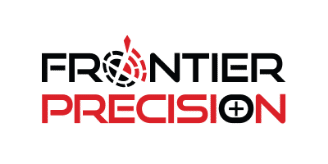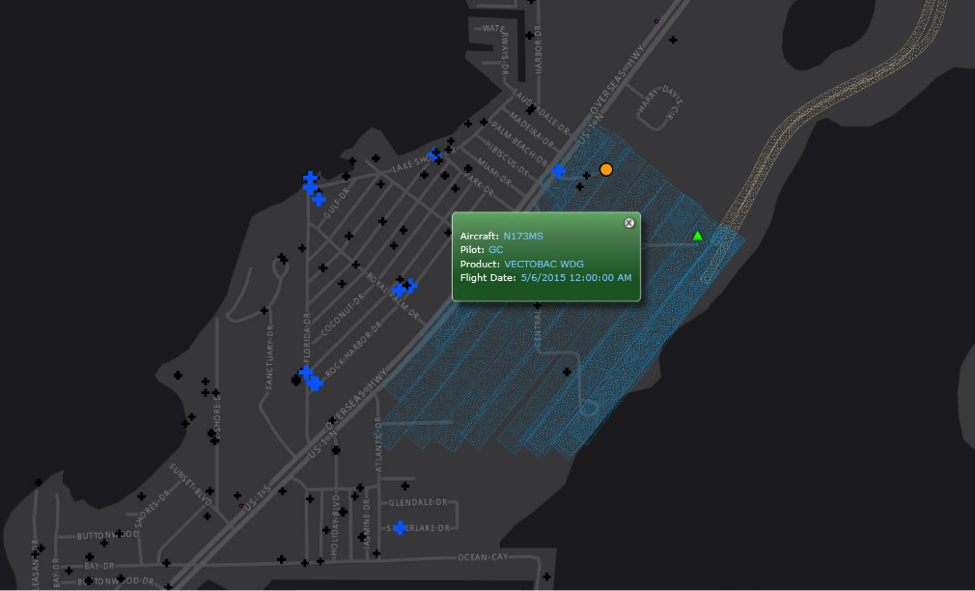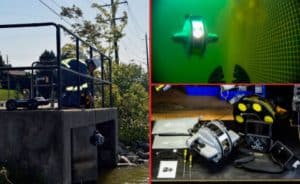Field to Aerial – Closing the Loop
It’s critical that aircraft spraying be done effectively. Nothing is as expensive or as high profile as this type of treatment, and even in mosquito control operations that do a lot of it, efficient use of this tool is of utmost importance. FieldSeeker® GIS software for mosquito and vector control, helps districts manage these important resources by increasing the speed and availability of actionable information, and by supporting prescription spraying.
It all begins in the field. Field surveillance is an important component of resource planning. In addition to standard tools for visualizing adult trapping results, larval sample identification, and service request “hot spots”, FieldSeeker GIS also provides field tools for quickly and easily communicating spraying needs to aerial crews.
As field crews identify areas where spraying needs to take place, they can create proposed treatment areas either from existing spray blocks or by sketching or GPSing in a smaller area for prescriptions spraying. Field personnel specify the priority, due date, method, and any additional comments.
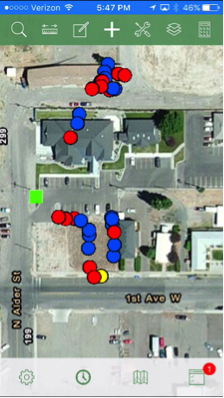
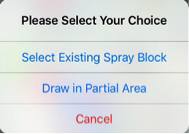
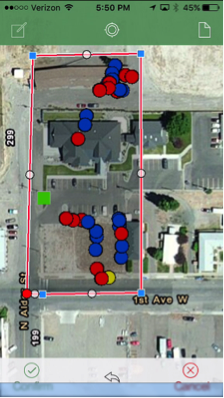
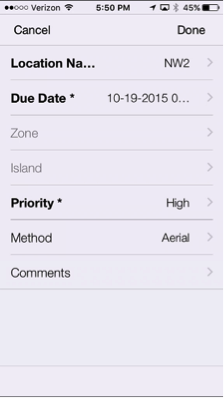
Of course, field work and field recommendations need to be reviewed and prioritized by supervisors, pilots, and other personnel involved in mission planning. FieldSeeker GIS provides the tools to review the proposed treatment areas, adjust priorities and due dates, adjust the size of the spray areas, and total up acres to treat. And, when the work is done, treatment data is entered and the area is marked as complete.
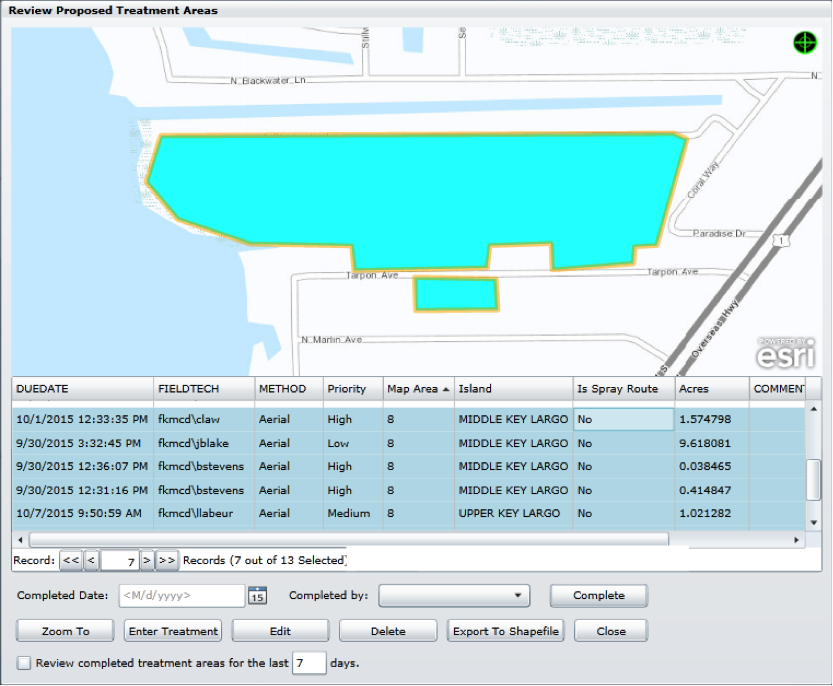
Spray areas are exported to shapefile for systems such as AgNav that take shapefiles describing spray blocks.

These tools help operations make the best use of resources, and provide a means for field personnel to communicate quickly and effectively about what they are finding in the field.
After spray missions are completed, spray paths are automatically processed into FieldSeeker GIS. Completed spray activities are available to everyone in the organization, from office administrators answering the phone to field techs answering questions from citizens to planners and pilots assessing the results of the spray mission.
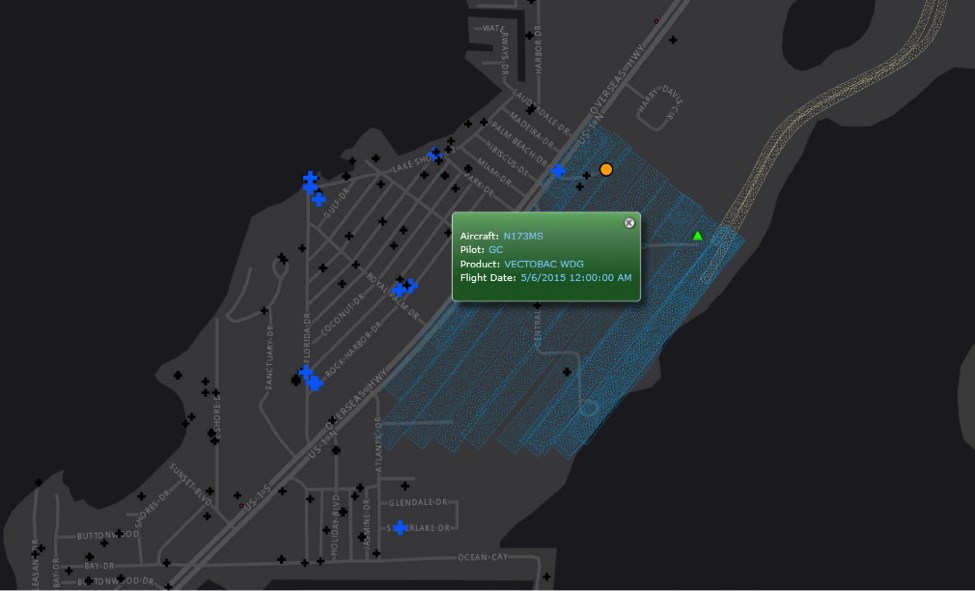
All data is included in standard FieldSeeker GIS reports – no need to get data from multiple systems.
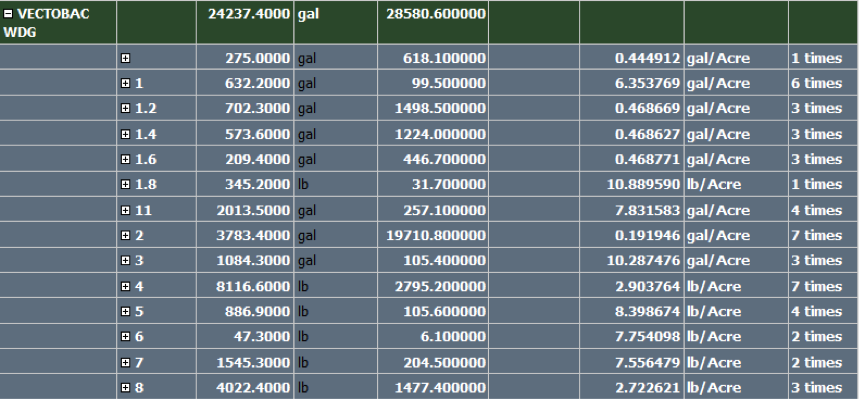
In short, the field to aerial tools provide the right tools for the job, enabling better communication and decision making, which ultimately helps with mosquito control operations, keeping costs down and public satisfaction up.
On October 29, 2015 we held a brief webinar highlighting and demoing these tools. View recorded webinar.


